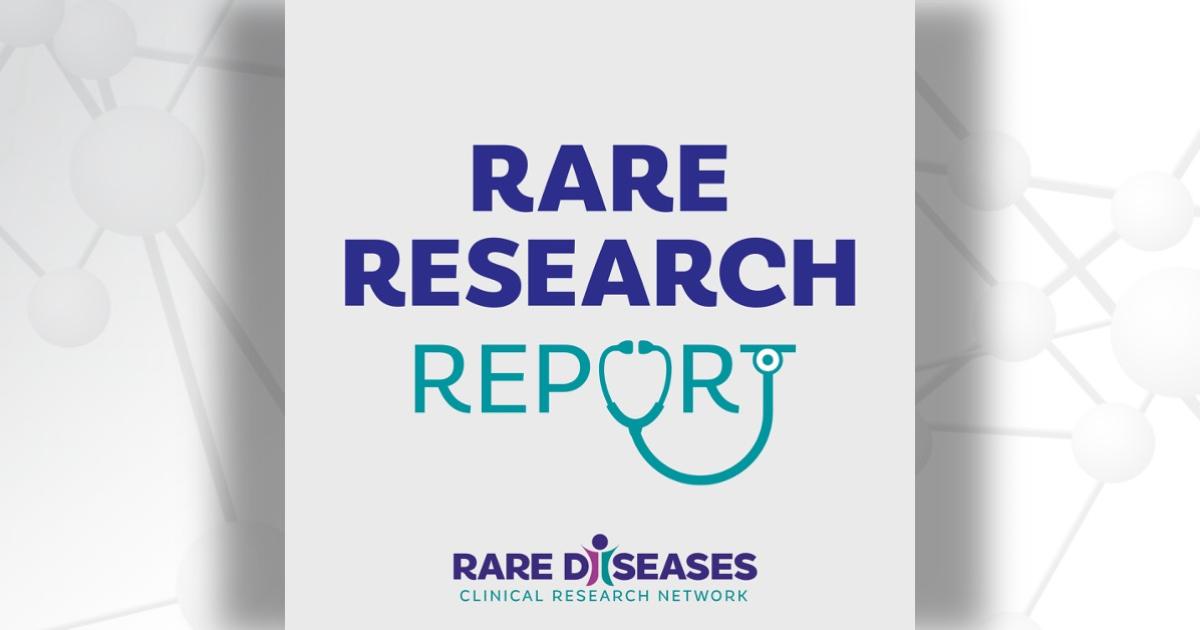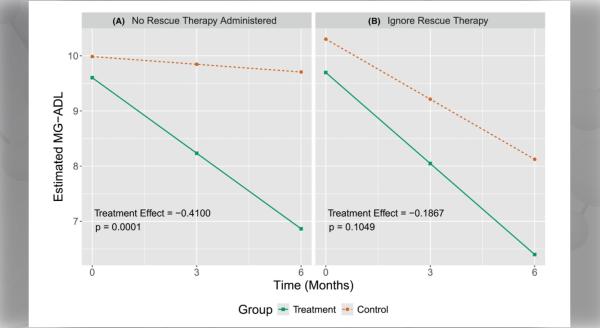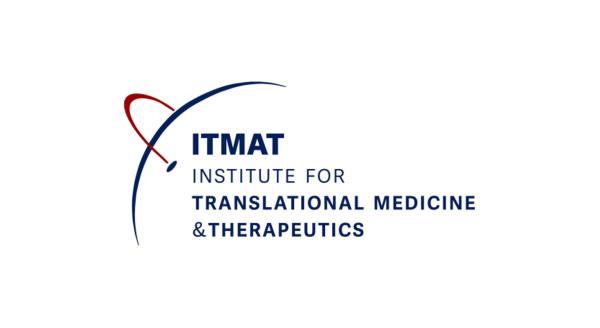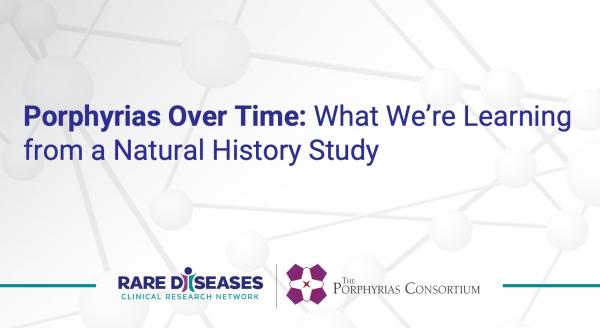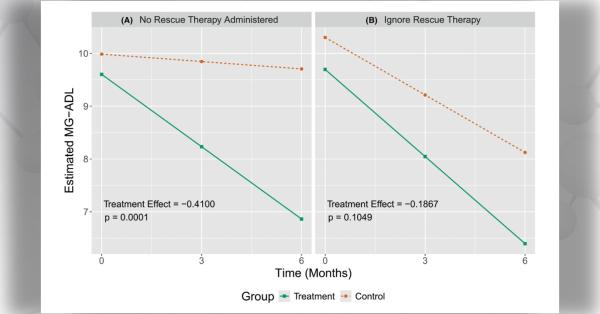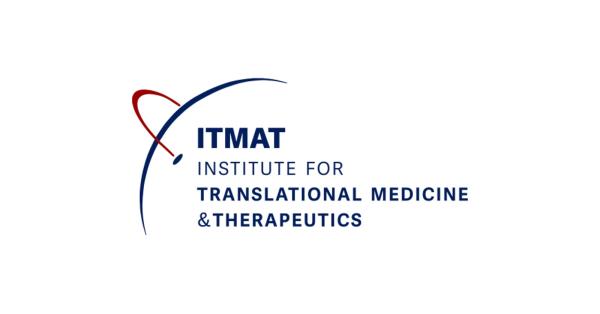Each month, we share summaries of recent Rare Diseases Clinical Research Network (RDCRN) grant-funded publications. Catch up on the latest RDCRN research below.
Jump to:
- Brain Vascular Malformation Consortium (BVMC)
- Genetic Disorders of Mucociliary Clearance Consortium (GDMCC)
- Global Leukodystrophy Initiative Clinical Trials Network (GLIA-CTN)
- Urea Cycle Disorders Consortium (UCDC)
Listen to these summaries on the Rare Research Report podcast.
Brain Vascular Malformation Consortium (BVMC)
Hereditary hemorrhagic telangiectasia (HHT) is an inherited disorder of the blood vessels that can cause excessive bleeding. About 10% of individuals with HHT have brain vascular malformations, which occur when the blood vessels in the brain develop abnormally. Children with HHT are screened for brain vascular malformations upon initial diagnosis, and many North American centers rescreen children for brain vascular malformations at interval throughout childhood. However, not much is known about whether people with HHT can develop new brain vascular malformations over time.
In this study, researchers investigated the formation of new brain vascular malformations in patients with HHT. The team analyzed data from 1,909 patients enrolled in the Brain Vascular Malformation Consortium natural history study, searching for brain vascular malformations that were new since previous imaging was performed.
Results showed that 409 patients had brain vascular malformations, with three showing new malformations confirmed by neuroimaging review. These findings demonstrate that patients with HHT can form new brain vascular malformations over time, though this is probably a rare occurrence. Authors note that more information about the frequency of new brain vascular malformation formation is needed.
Beslow LA, Krings T, Kim H, Hetts SW, Lawton MT, Ratjen F, Whitehead KJ, Gossage JR, McCulloch CE, Clancy M, Bagheri N, Faughnan ME; Brain Vascular Malformation Consortium HHT Investigator Group. De Novo Brain Vascular Malformations in Hereditary Hemorrhagic Telangiectasia. Pediatr Neurol. 2024 Jun;155:120-125. doi: 10.1016/j.pediatrneurol.2024.03.013. Epub 2024 Mar 22. PMID: 38631080; PMCID: PMC11102835.
Genetic Disorders of Mucociliary Clearance Consortium (GDMCC)
Investigating Clinical Outcomes of Children with Primary Ciliary Dyskinesia and Situs Ambiguus
Primary ciliary dyskinesia (PCD) is a genetic disorder in which mucociliary clearance of the lungs is impaired. While most individuals with PCD have normal arrangement of organs in the abdomen and chest (situs solitus), some present with situs ambiguus (abnormal arrangement) or situs inversus totalis (mirror image of normal arrangement).
In this study, researchers compared the clinical outcomes of children with PCD and situs ambiguus to those with situs solitus or situs inversus totalis. The team categorized 397 participants with PCD aged 21 years or younger into situs groups, then evaluated markers of disease severity.
Results show that children with PCD and situs ambiguus have worse nutritional and pulmonary outcomes with more hospitalizations for acute respiratory illnesses than those with situs solitus or situs inversus totalis combined. Authors also note that these outcomes are associated with cardiovascular malformations requiring cardiac surgery, splenic anomalies, or both.
Kaspy KR, Dell SD, Davis SD, Ferkol TW, Rosenfeld M, Sagel SD, Milla C, Olivier KN, Barber AT, Wee W, Lin FC, Li L, Rampakakis E, Zariwala MA, Knowles MR, Leigh MW, Shapiro AJ. Situs Ambiguus Is Associated With Adverse Clinical Outcomes in Children With Primary Ciliary Dyskinesia. Chest. 2024 May;165(5):1070-1081. doi: 10.1016/j.chest.2023.12.005. Epub 2023 Dec 9. PMID: 38072392.
Global Leukodystrophy Initiative Clinical Trials Network (GLIA-CTN)
Describing Patients with TBL1XR1-Related Disorder Using a Caregiver Survey
TBL1XR1-related disorder is a group of neurodevelopmental disorders caused by variants in the TBL1XR1 gene. As these disorders are rare with a wide range of characteristics, not much is known about the developmental trajectory and progression of neurological symptoms over time.
In this study, researchers describe the largest group of patients to date with TBL1XR1-related disorder. The team surveyed caregivers of 41 patients with TBL1XR1-related disorder, focusing on the pregnancy and perinatal course, caregiver-reported developmental trajectory, associated symptoms and diagnoses, neurological progression over time, and genetic information.
Results reflect the spectrum of diverse traits in TBL1XR1-related disorder, including developmental delay and regression ranging in severity. Seizures were common, which could be related to language regression. Authors note that further study is needed to determine whether functional differences caused by different variants in the TBL1XR1 gene explain the range of characteristics in this disorder.
Nagy A, Molay F, Hargadon S, Brito Pires C, Grant N, De La Rosa Abreu L, Chen JY, D'Souza P, Macnamara E, Tifft C, Becker C, Melo De Gusmao C, Khurana V, Neumeyer AM, Eichler FS. The spectrum of neurological presentation in individuals affected by TBL1XR1 gene defects. Orphanet J Rare Dis. 2024 Feb 20;19(1):79. doi: 10.1186/s13023-024-03083-3. PMID: 38378692; PMCID: PMC10880200.
Sharing a New Approach to Creating Longitudinal Natural History Studies for Rare Diseases
In rare diseases, natural history studies are essential to understanding disease progression over time. Prospective studies are limited by fewer available patients at a given time, impacting the timely collection of natural history data. These studies are also unlikely to capture pre-diagnostic clinical trajectories in conditions where diagnostic delays are common.
In this study, researchers shared a new approach to creating real-world data-based longitudinal natural history studies for rare diseases. The team outlined various strategies developed by the Global Leukodystrophy Initiative Clinical Trials Network. Strategies include use of standard operating procedures and rigorous processes for staff training, data extraction, source documentation, and data management.
Authors note that these strategies will complement prospective studies by enabling the use of existing medical records to collect natural history data on large numbers of patients in a short time and map complete disease trajectory, including the time period before diagnosis.
Adang LA, Sevagamoorthy A, Sherbini O, Fraser JL, Bonkowsky JL, Gavazzi F, D'Aiello R, Modesti NB, Yu E, Mutua S, Kotes E, Shults J, Vincent A, Emrick LT, Keller S, Van Haren KP, Woidill S, Barcelos I, Pizzino A, Schmidt JL, Eichler F, Fatemi A, Vanderver A. Longitudinal natural history studies based on real-world data in rare diseases: Opportunity and a novel approach. Mol Genet Metab. 2024 May;142(1):108453. doi: 10.1016/j.ymgme.2024.108453. Epub 2024 Mar 18. PMID: 38522179.
Urea Cycle Disorders Consortium (UCDC)
Exploring Risk Factors in Asymptomatic Females with Ornithine Transcarbamylase Deficiency
Ornithine transcarbamylase deficiency (OTCD) is a type of urea cycle disorder characterized by hyperammonemia (high blood ammonia levels) due to deficiency or absence of an enzyme needed to convert nitrogen from protein into urea (a waste product). Because OTCD is caused by an X-linked mutation in the OTC gene, the majority of patients with severe presentation of OTC deficiency are male, as they have only one X chromosome. Although 80% of females with OTCD are typically thought to remain asymptomatic, not much is known about their clinical characteristics and long-term health vulnerabilities.
In this study, researchers explored the factors that might predict development of defined complications and serious illness in apparent asymptomatic females with OTCD. The team reviewed data from 302 females enrolled in the Urea Cycle Disorders Consortium (UCDC) longitudinal natural history study. Researchers also performed several types of neuroimaging studies in a female patient with OTCD.
Results show that these patients can experience neuropsychiatric and behavioral symptoms as well as an increased risk of hyperammonemia later in life, demonstrating that asymptomatic females with OTCD are not always asymptomatic. Authors note that these findings can aid in the development of a risk calculator and improve guidelines for management of these patients, paving the way for potential new therapies.
Sen K, Izem R, Long Y, Jiang J, Konczal LL, McCarter RJ; Members of the Urea Cycle Disorders Consortium (UCDC); Gropman AL, Bedoyan JK. Are asymptomatic carriers of OTC deficiency always asymptomatic? A multicentric retrospective study of risk using the UCDC longitudinal study database. Mol Genet Genomic Med. 2024 Apr;12(4):e2443. doi: 10.1002/mgg3.2443. PMID: 38634223; PMCID: PMC11024633.
The Rare Diseases Clinical Research Network (RDCRN) is funded by the National Institutes of Health (NIH) and led by the National Center for Advancing Translational Sciences (NCATS) through its Division of Rare Diseases Research Innovation (DRDRI). Now in its fourth five-year funding cycle, RDCRN is a partnership with funding and programmatic support provided by Institutes, Centers, and Offices across NIH, including the National Institute of Neurological Disorders and Stroke, the National Institute of Allergy and Infectious Diseases, the National Institute of Diabetes and Digestive and Kidney Diseases, the Eunice Kennedy Shriver National Institute of Child Health and Human Development, the National Institute of Arthritis and Musculoskeletal and Skin Diseases, the National Heart, Lung, and Blood Institute, the National Institute of Dental and Craniofacial Research, the National Institute of Mental Health, and the Office of Dietary Supplements.

